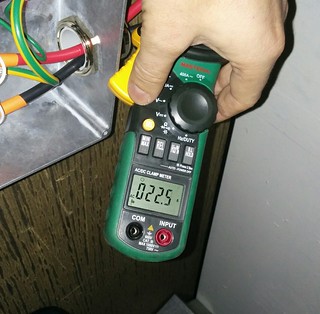jadnashuanh
Well-known member
In the USA, to pass code, the hardwired device must have the required circuit breaker and wiring to support the maximum that the device can provide based on the installation instructions and usually, based on the data label. If the device says it can draw 40A, based on the way the USA codes are written, the supply wiring MUST be 125% of it since it is considered a potential constant load. So, it should have a 50A breaker and related wiring to support a constant 40A load, regardless of what your car can draw from it...with 4g wire, I think you would be okay to install a 50A breaker...a 40A breaker only needs 8g wiring. If you did have a vehicle plugged into it that could use 40A, with that 40A breaker, you might end up tripping it over time. But, the wiring is sufficient unless the wiring run is excessively long. The issue as I see it is two-fold: if the data label says 40A, you can't use a 40A breaker; and, since you can't permanently derate the unit to 30A (since it is readily adjustable), the inspector probably won't be happy. Not that it won't work. Check the installation manual and data plate...to pass code, the supply must conform.
FWIW, the circuit breaker is designed to protect the WIRING, not the thing it is powering. So, it is okay to put in bigger wire than needed, but you can never put in smaller wire with a bigger breaker than called for by code. The UK is somewhat different...they put a fuse or breaker at the device. This could lead to a problem in the supply wiring.
FWIW, the circuit breaker is designed to protect the WIRING, not the thing it is powering. So, it is okay to put in bigger wire than needed, but you can never put in smaller wire with a bigger breaker than called for by code. The UK is somewhat different...they put a fuse or breaker at the device. This could lead to a problem in the supply wiring.






















![300W Car Power Inverter 12V to 110V,PiSFAU DC to AC Car Plug in Adapter Outlet with Multi USB[24W USB-C] /USB-Fast Charger(24W) Car Inverter,Car Charger for Laptop Vehicles Road Trip Essentials](https://m.media-amazon.com/images/I/41-KedJShYL._SL500_.jpg)


























